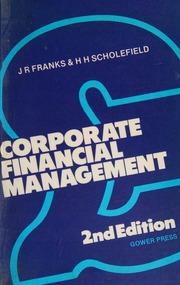

8. Marginal cost of capital (MCC) schedule As a company raises more and more funds, the cost of those funds begins to rise. As this occurs, the weighted cost of each new dollar rises. This is called the marginal cost of capital. A graph that shows how the weighted average cost of capital changes as more new capital is raised by the firm is called the MCC (marginal cost of capital) schedule. WACC (Percent) 0 20 160 40 60 80 100 120 140 Dollars of new capital raised ($ Millions) If this company raises $60M, its weighted average cost of capital is The breakpoints in the MCC schedule occur at of newly raised capital. Does the cost of capital schedule below match the MCC schedule depicted on the graph? Yes No Breakdown of funds: if $50M is raised if $122M is raised if $160M is raised After-Tax Component Cost After-Tax Component Cost After-Tax Component Cost Capital source Amount Amount Debt Amount $22.5 $2.5 6.0% $54.9 6.3% Weight 0.45 0.05 0.50 6.5% 11.0% $6.1 11.0% $72.0 $8.0 $80.0 Preferred stock Common equity 11.0% $25.0 15.1% $61.0 15.23% 16.25% Total capital $50.0 $122.0 $160.0 8. Marginal cost of capital (MCC) schedule As a company raises more and more funds, the cost of those funds begins to rise. As this occurs, the weighted cost of each new dollar rises. This is called the marginal cost of capital. A graph that shows how the weighted average cost of capital changes as more new capital is raised by the firm is called the MCC (marginal cost of capital) schedule. WACC (Percent) 0 20 160 40 60 80 100 120 140 Dollars of new capital raised ($ Millions) If this company raises $60M, its weighted average cost of capital is The breakpoints in the MCC schedule occur at of newly raised capital. Does the cost of capital schedule below match the MCC schedule depicted on the graph? Yes No Breakdown of funds: if $50M is raised if $122M is raised if $160M is raised After-Tax Component Cost After-Tax Component Cost After-Tax Component Cost Capital source Amount Amount Debt Amount $22.5 $2.5 6.0% $54.9 6.3% Weight 0.45 0.05 0.50 6.5% 11.0% $6.1 11.0% $72.0 $8.0 $80.0 Preferred stock Common equity 11.0% $25.0 15.1% $61.0 15.23% 16.25% Total capital $50.0 $122.0 $160.0








